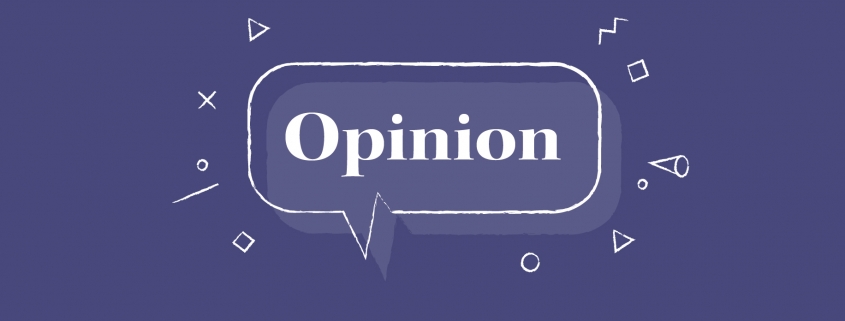Why the United States will never have its own influencer army
The selfie-stick-waving, spray-tanned fashionistas of the social media world are perhaps the most inappropriate choice for government-sponsored propaganda. Yet, during the pandemic, Finland employed the influencer infantry to circulate information on the coronavirus on social media platforms.
In between hyperbolically beautiful posts of Lapland and the testing trials of getting an iced oat milk latte, Instagram stories branded with the hashtag “#faktaakoronasta” (or #factsaboutcoronavirus) informed followers of national guidelines. Armed solely with their iPhones, these ‘critical’ operators delivered sensitive information to the media-addicted youth, who are less likely to pay attention to traditional government communication methods.
Consequently, Finland has 69.4 cases per 100,000 individuals as of March 10 for the last week. This is far lower than the United States, with its 121.2 per 100,000 case rate. In part, hiring influencers must have worked for Finland and should be considered in the U.S. However, the success of Finland’s influencer army relies on two fundamental factors that are not found in U.S. society: the size of the nation and public approval of influencers.
Finland’s population is only 5.5 million. This means that an influencer with 100,000 followers, for example, can impact a large proportion of citizens. However, to have the same influence in a country as expansive as the U.S., the influencer would need to have followers in the millions. Coupled with state-by-state inconsistencies in social distancing rules, it would be hard to manage and grow an influencer army powerful enough to change public perception in the U.S.
Furthermore, toxic cancel culture has transformed influencers into sources of controversy. This is not with undue cause — recent scandals include frat boy wannabe Bryce Hall throwing a TikTok rager mid-pandemic and the learned Kourtney Kardashian teaching us all that, apparently, blue surgical masks cause cancer. The behavior of these influencers makes it clear that influencers in the U.S. are inevitably contentious characters.
If the U.S. government called in the Hollywood cavalry to spread information about the coronavirus, the pandemic may become unnecessarily socialized. Since these influencers are considered untrustworthy sources of information, becoming mouthpieces for the government may cast doubt on what actions to take in response to the virus. Moreover, thanks to the toxicity surrounding the Bryce Halls of the social media world, many will outright reject any information that comes from influencers, disincentivizing a safe coronavirus response team.
Yet, this hasn’t prevented some local governments from attempting to hire social media influencers recently. In the midst of the upcoming trials of the police officers charged in the killing of George Floyd, the Minneapolis City Council wanted to pay six social media stars $2,000 each to spread confirmed information about the high profile case. This plan was almost immediately scrapped because the influencers were accused of trying to change public opinion, despite presenting objective facts. This shows the extent of Americans’ distrust in social media and their automatic assumption that influencers are inauthentic.
Hence, the U.S.cannot unlock the potential of social media until it changes its influencers.
Cancel culture fosters toxicity and controversy that clouds the actions of social media moguls, preventing them from having credible careers. As a result, the U.S. is unable to communicate with this new sector of its population, perhaps exacerbating the issue of the pandemic further. If the U.S. wants to tap into social media’s mass network, it needs to reinvent its influencers from the root.

